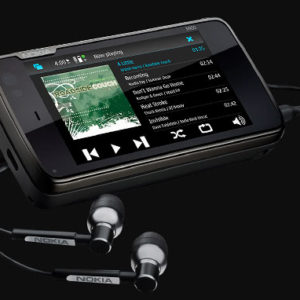Nokia has finally released its Maemo5 based smartphone – the N900. Maemo is Nokia’s next generation mobile OS. It is a Linux-based platform that seeks to take on such juggernauts as the
iPhone OS and the Android.
The N900 has intrigued the tech community and people in general with its bevy of features ever since it was first announce. But when you look at it closely enough, it seems like it is too little, too late yet again. Reminds me of the N97 really.
On the surface, N900 is an attractive package. When it was first announced, the decent sized
capacitive resistive touchscreen, the new interface, large internal storage, QWERTY
keypad and TV out features made quite a splash.
From the images, it also seems like there are sensors in the front. So far I have not found out what they are meant to do but they are likely to be a front facing camera and related sensors for
video conferencing.
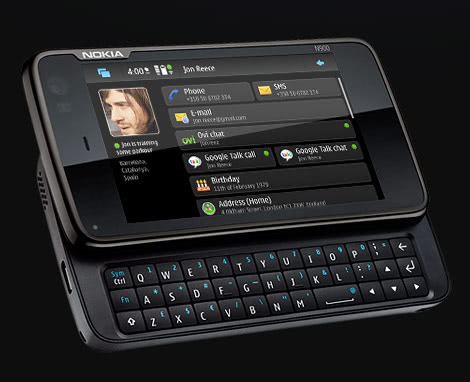
Maemo5’s interface looks good, I will tell you that. If you are looking for something that that really catches the eye and something that is different from everything you have seen so far – you have got to try this out.
It supports gestures but in a few instances Nokia has gone too far in its bid to be different from the rest. Take the spiral gesture for zooming for example. I would say that the pinch-to-zoom is simple enough and if you are only mimicking a gesture, there should be no shame in it. After all, you are only making a phone like this because of the entire computer-in-touchscreen-mobile-phone craze that hit the market post the iPhone.
The way you switch between things makes me think of Exposé in the Mac OS. You get to see thumbnails of the of the things you have open and you can touch to switch to the one you desire.
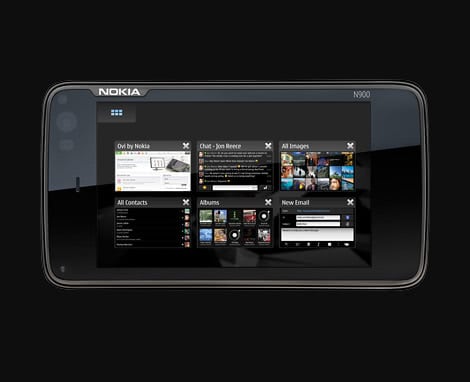
Feature-wise, N900 has everything you might want. Well, almost everything. You get a 5-megapixel camera with dual LED flash that takes video. FM-tuner is built-in. The screen is 3.5inches with a resolution of 800×480, which is
very nice. That should make watching movies a pleasure. Talking about watching movies, you get a kickstand too for propping it up when you want to. The TV via Nokia’s proprietary cable is the feature that may of use have wanted ever since our phones could carry multiple entire movies and play them back smoothly.
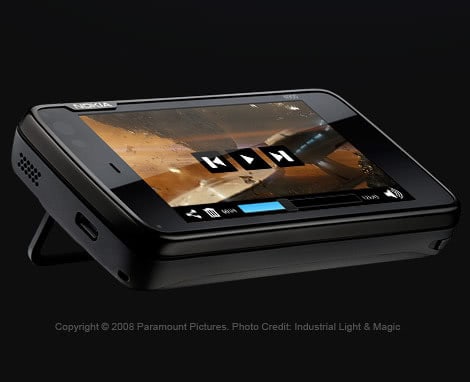
It supports the full meme of a formats for both audio and video, including – AAC, eAAC, mpeg4 , etc. You get full data connectivity support via GPRS Class A, EDGE, multi-band WCDMA and HSPA, WLAN (802.11b/g). Network-wise it is a quadband GSM and tri-band WCDMA phone. Full specs at the website.
But my enthusiasm starts to wear off when I look deeper into the
hardware specifications. It is powered by an ARM Cortex A8, which they clock at 600MHz. Application memory is a combination of 256MB RAM and 768MB of virtual memory. If you ask me, for a phone that is so very multimedia rich, 600MHz is going to be sluggish at multitasking. There’s a reason why the iPhone restricts full multi-tasking. N900 will allow you to multitask but it will definitely slow you down. And with 1GHz Snapdragon-toting phones already in the market, this is going to seem real slow real soon. Also, the new
big screen is 4″ or more. But at least it has OpenGL ES 2.0 for graphics. I guess they will be pushing it for handheld gaming.
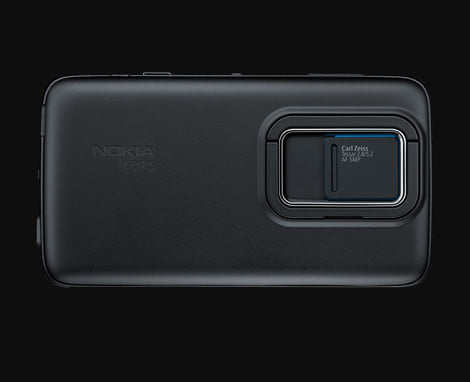
Next is the OS that fails to excite me. It is good looking and sounds promising too but any new mobile OS that comes out now – after 2.5 years of the iPhone OS and about 2 years of the Android OS – is going to be dealt with a healthy bit of skepticism. Can Nokia’s toddling
Maemo5 or Samsung’s newborn
Bada match up to the raw numbers of Android and iPhone users? Then why should developers bet on them? I found
50 applications on the Maemo website. There’s obviously more but only 50 chosen applications? May be Nokia is betting too much on the openness of the OS.
Developers want to sell as much as possible, so they are going to look at the user numbers and the future growth potential. The two giants are already in top gear. So the late starters are likely to stay that way.
The Nokia N900 Maemo5 phone is now on preorder from the website for $649. Availability is at end of this month (November ’09). Comes only in Black.
Update: One of our readers has identified one of the sensors as a way to turn off the touchscreen when you are talking on the phone. So it’s basically a proximity sensor like the one on the HTC Touch Pro 2. Also, the touchscreen is not capacitive but resistive, I stand corrected. Thanks
Daniel and
Manojlds.
-
What do you think about the N900. Would you choose it over a similar Android phone or the iPhone 3GS?















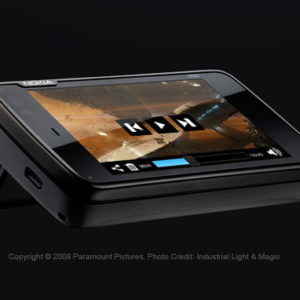
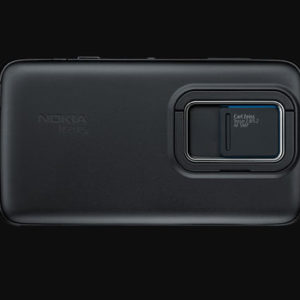
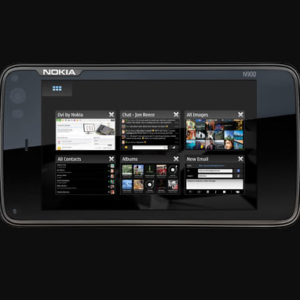
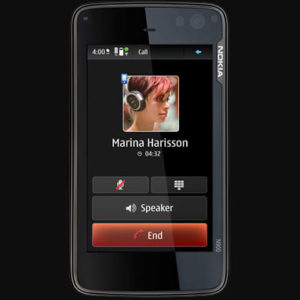
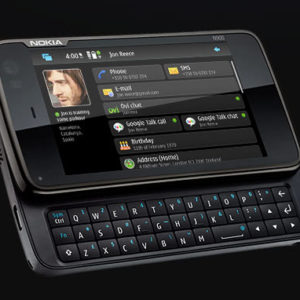
![N900 released [taken from maemo website]](http://www.ghacks.net/wp-content/uploads/2009/11/Picture-23-300x300.png)
